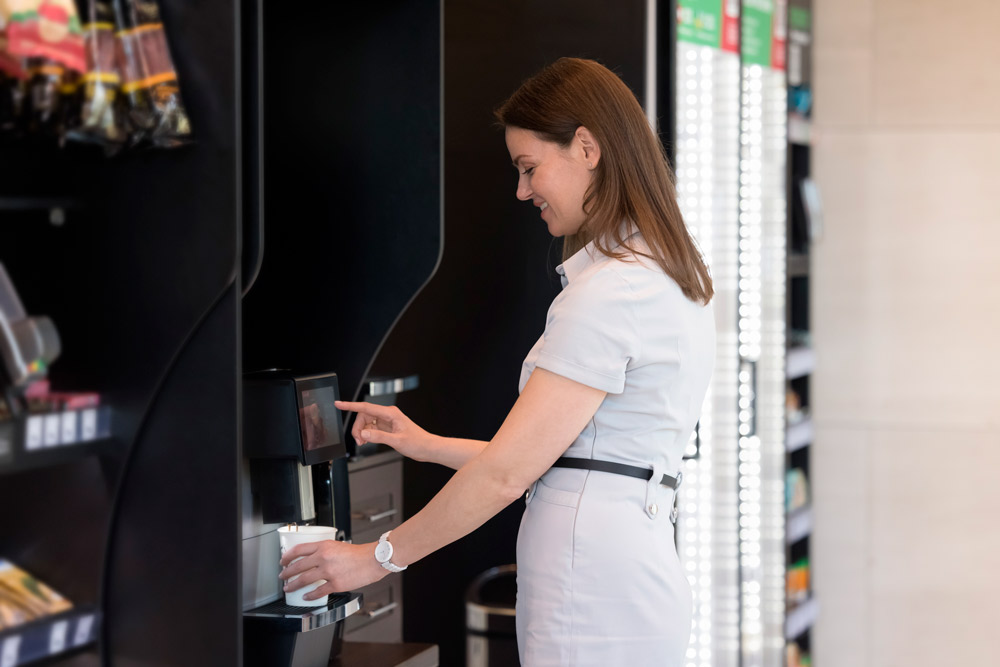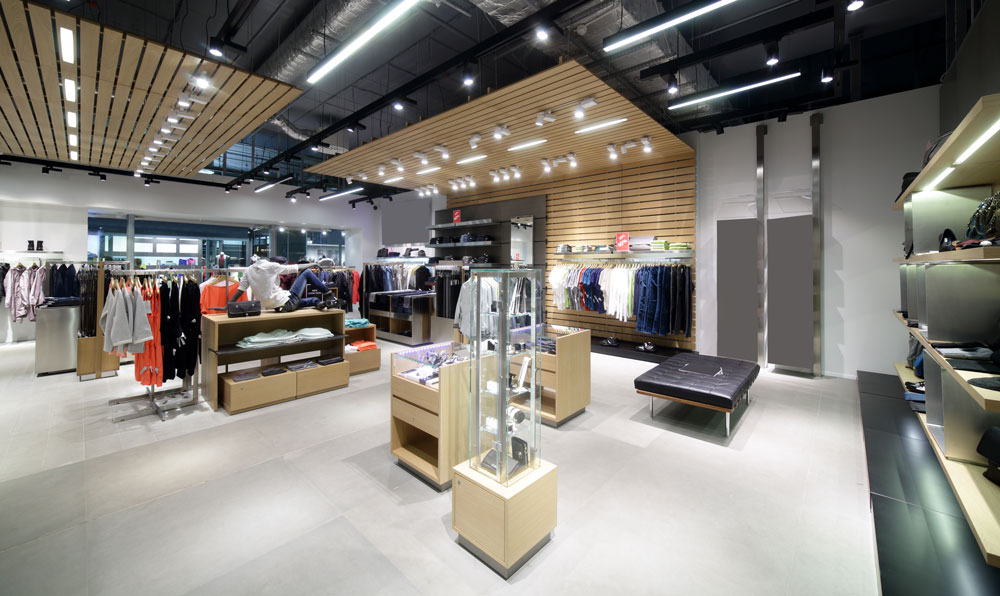
Advanced in-store customer service managementMar 17, 2021We live in a time where agile Customer Service management can make a big difference in a company’s success.
Customers now know that all companies have different customer service channels and want to use them according to the needs of the subject they are contacting and, at the same time, find solutions tailored to their requirements.
A Gartner report (“Delivering Relevant Content and Knowledge to Customers Is Key to Great Customer Service”) predicts that by 2023, late-stage organizations will find that poor customer experience is their biggest obstacle to greater success. This finding makes customer service takea leading and urgent role.
Customer Service Types
Within companies, we can find two types of customer service, depending on the customer’s needfor contact. We can divide it into proactive and reactive.
Proactive customer service refers to all the calls-to-action in the customer journey generated by the company to anticipate customer needs. This category includes FAQ sections, forums or communities, public bases with terms of use, chatbot, customer service, information, and all kinds of self-service tools available to contact, write, and be informed whenever he wants.
Reactive Customer Service refers to the type of service that is (or should be) available when a customer has a complaint, grievance, or compliments to deliver to the company. Contact forms, phone calls, complaint books, e-mails, etc., count as reactive services. Reactive customer service is one of the most difficult to deal with since it is generally occupied by people who are dissatisfied in some way with the brand, and it is the one to which we should pay more attention.
Advanced in-store customer service management tools
According to a customer service study conducted by Wow Cx, the three aspects that customers value most when contacting a company are:
- 56% the ability to solve problems
- 40% that they do it quickly
- 31% knowledge and skills of employees.
These percentages indicate, above all, the need to manage customer service requirements correctly and effectively to respond to their needs and meet expectations.
Many companies apply CRM software to manage and centralize their customer requirements. However, what seems to be a “modern solution” as a CRM, has limitations because its range of action reaches only the point of digital contact with the customer. It does not allow to integrate or identify the true nature of the claims, often ignoring what happens in stores and delivering unsatisfactory or late responses.
Advanced customer service management begins when we integrate Customer Service with the store and the area or person responsible for the incident, generating effective and immediate solutions.
An effective in-store customer service and experience tool can be seen, for example, in the use of Frogmi QR. The application of a QR code at different spots within the store allows channeling any type of incident happening directly.
Response times are shortened by up to 30% with the implementation of Frogmi QR.
In this way, the complaint arrives directly to the area that resolves it, shortening response times by up to 30%. Frogmi becomes a new channel that takes the responsibilities to the expert areas. This directly impacts consumers’ three most critical variables and completely streamlines the management process. As a result, knowledgeable and skilled employees quickly solve the customer’s problem.
Modules such as StoreWork and Frogmi QR allow automating tasks and requirements to each area in charge of solving them and generate automated flows according to the nature of the requirement. In this way, StoreWork connects the different areas of the business in an automatedway, optimizing response times and productivity in the resolution of problems and requirements.
With Frogmi, the input flow of a requirement is not only worked by customer service but also generates company-wide indicators for all areas involved, allowing for data-driven visualization ofincidents.













